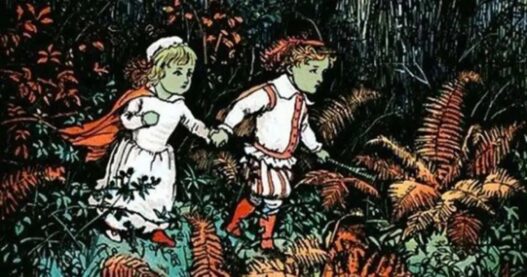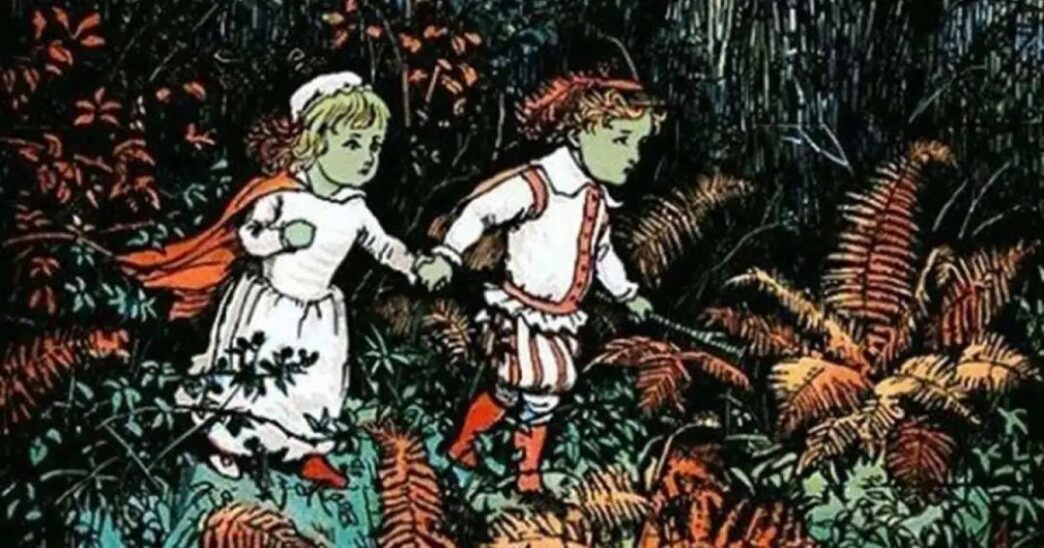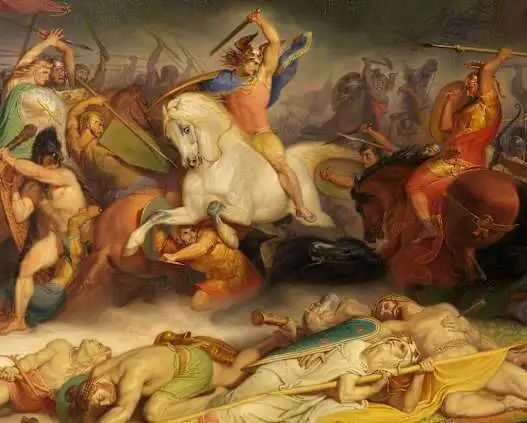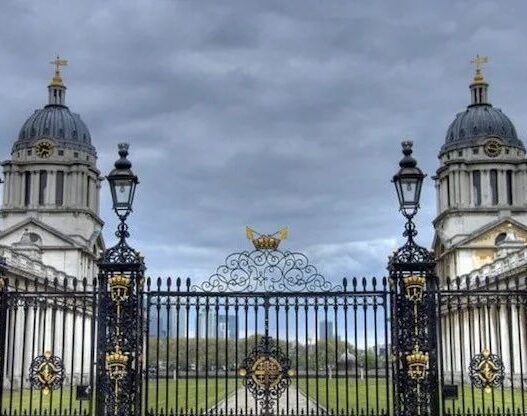In the folklore of England, a mysterious story has persisted through the ages, captivating people even today. This tale, believed to originate from the 12th century in the village of Woolpit, Suffolk, tells of a pair of siblings with green skin. Some view it as a medieval myth, while others speculate that it could be an early record of alien encounters. Regardless of the truth, the Green Children of Woolpit continue to intrigue and fascinate curious minds.
The Story of the Green Children
One harvest season in the 12th century, villagers working near St. Mary’s Wolfpit suddenly discovered a pair of strange siblings. Their skin was green, they wore clothes made of unknown materials, and spoke a language that no one understood. Surprised and confused, the villagers brought them to the village center, where they were taken in by the local lord, Sir Richard de Caine.
Despite appearing very hungry, the siblings refused all food until they discovered newly harvested beans. They ate eagerly. Over the next few months, they gradually accepted other foods, such as bread. However, the boy’s health deteriorated, and he passed away. The girl adapted to the new environment, her skin returned to its normal color. After learning English, she integrated into the local community. She was later identified as Agnes Barre and is said to have married a man from Kings Lynn in Norfolk, rumored to be a diplomat during the reign of Henry II.
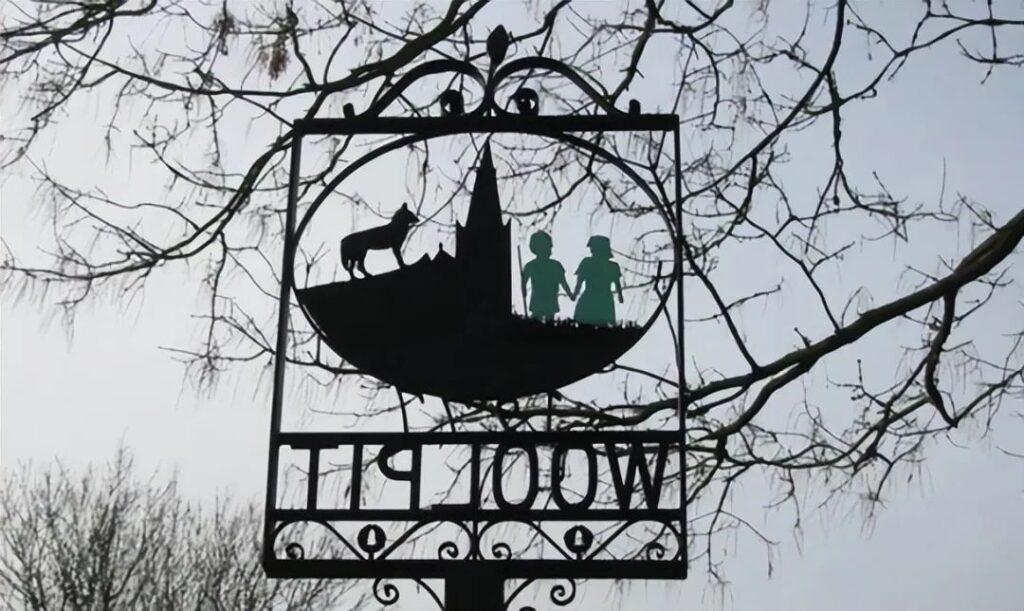
The Girl’s Story
The girl told the villagers that she and her brother came from a place called “St. Martin’s Land,” a mysterious underground world that was always at dusk with no sunlight. Its inhabitants had green skin. She recalled that while tending cattle, she wandered into a cave, got lost in the darkness, and eventually followed the sound of a bell out of the cave. She emerged into the world of sunlight, where the villagers found her.
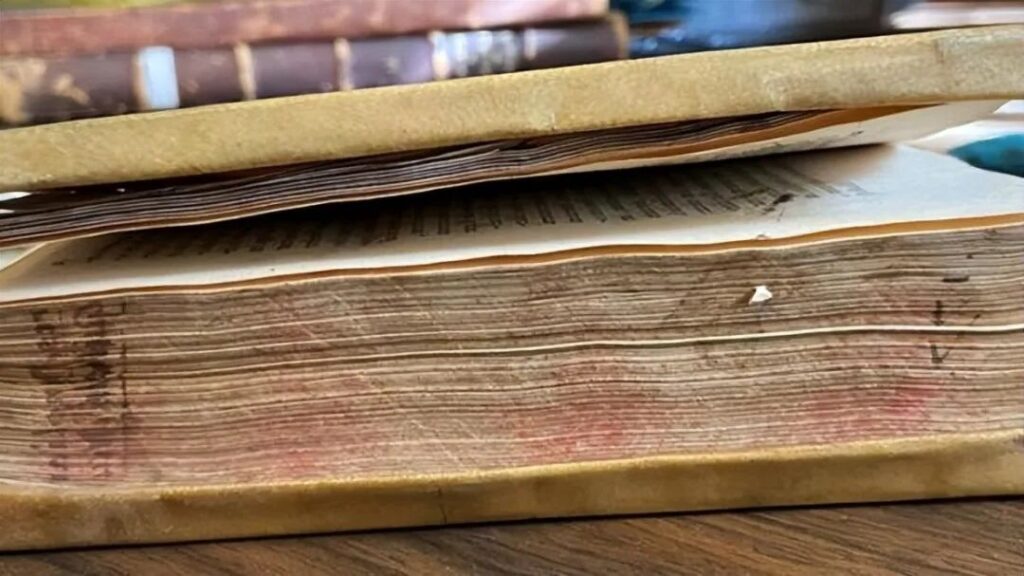
Chronicles of the Green Children
The story of the Green Children of Woolpit was recorded by two medieval chroniclers. Ralph de Coggeshall in his Chronicle of England and William of Newburgh in Historia rerum Anglicarum both described the event. According to their accounts, the children arrived during the reign of King Stephen or Henry II. These historical records added credibility to the tale, prompting further scholarly interest in the story.
Theories Behind the Green Children
Over the centuries, numerous theories have been proposed to explain the Green Children. One medical explanation suggests they suffered from chlorosis, a type of anemia caused by malnutrition, which gives the skin a greenish hue. As the girl regained health and her skin returned to normal, this theory gained some support.
Others speculate that the children were Flemish orphans who had fled the ongoing wars and persecutions in Flanders. According to Paul Harris, they may have come from St. Martin’s village in Fornham, just across the river from Woolpit. In the 12th century, many Flemish refugees sought shelter in England but were persecuted again during Henry II’s reign. If the siblings were indeed Flemish orphans, they may have gotten lost in the forest, found a mine or tunnel, and ended up in Woolpit, confusing the villagers with their foreign appearance and language.
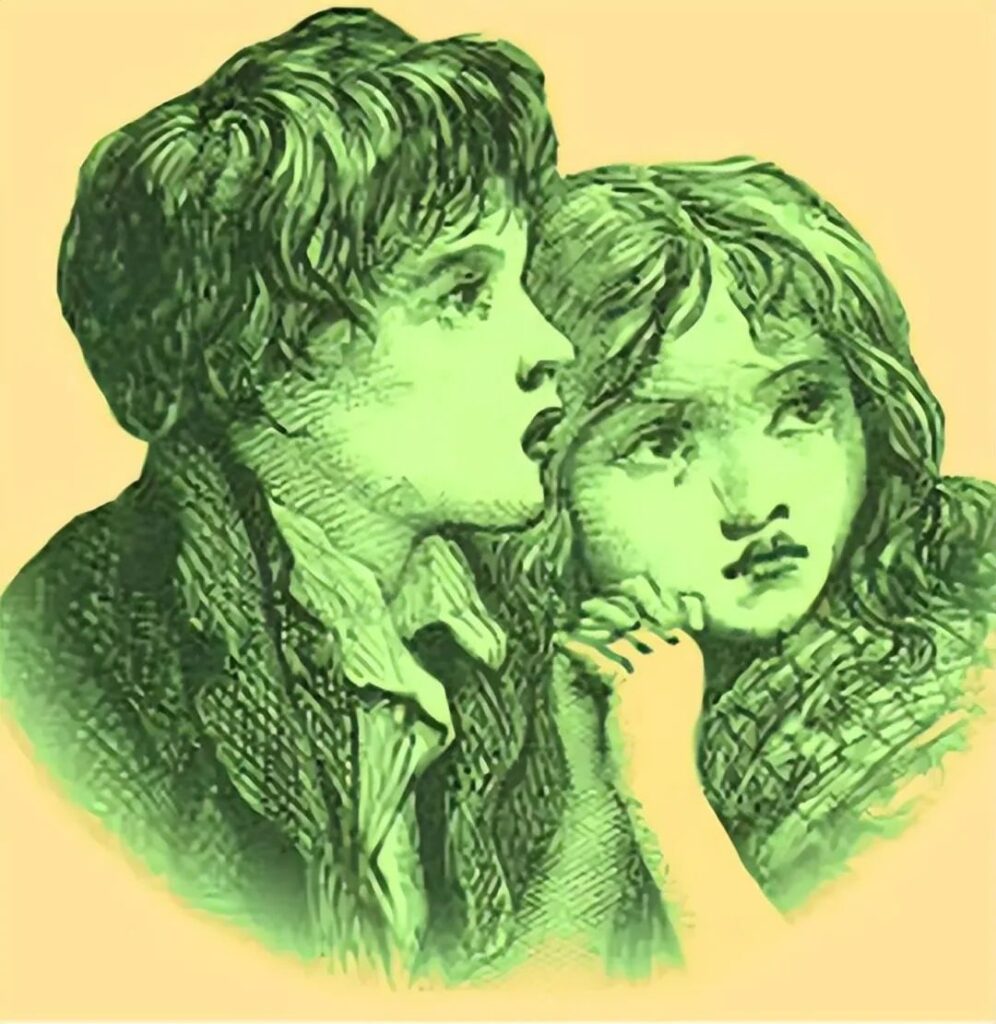
Could They Be Aliens?
In addition to these rational explanations, many have offered supernatural interpretations of the tale. In 1621, Robert Burton mentioned in his Anatomy of Melancholy that the Green Children “came down from the heavens,” which sparked speculations about alien involvement. In 1996, astronomer Duncan Lunan proposed in Analog magazine that the children might have come from an alien planet locked in synchronous orbit with a star, and accidentally arrived on Earth through a transport device. He expanded this idea in his 2012 book, Children of the Sky.
Some have linked the story to parallel universes, suggesting that the children might have come from another dimension, crossing into our world through a rift. This theory is not uncommon in modern science fiction.
A Timeless Mystery
For over eight centuries, the tale of the Green Children has continued to capture imaginations. Whether it was a real event, a piece of folklore, or a supernatural occurrence, the story remains fascinating. It reflects the medieval fear and curiosity toward the unknown, and it showcases humanity’s desire to explore new worlds. The story has inspired countless works of literature, including poems, novels, operas, and plays. Even in modern popular culture, echoes of the Green Children can be found.
Perhaps we will never know the true origins of the Green Children. But it is this very mystery that has allowed the tale to endure. It continues to captivate curious minds, reminding us that there are many unsolved mysteries in history, waiting for discovery.





